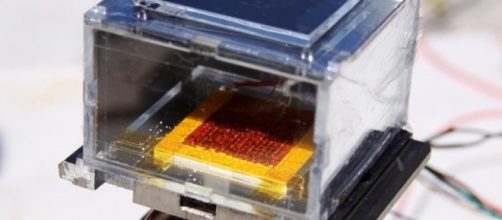With summertime inching closer and closer, the United States will have to deal with another year that is likely to bring extreme heat. This can bring about heat waves that can be deadly, especially for senior citizens. Summertime and its heat also make drinking water and staying hydrated even more important. One big issue with this is that Fresh Water is becoming a scarce commodity, especially in dry and desert climates. This is magnified even more by the fact that around 33% of the Earth's land is desert.
MIT's breakthrough
Scientists have known that water exists in the atmosphere, but it is at a level so imperceptible that it has usually been difficult to extract.
That is why humans mostly rely on rain or groundwater as their sources of freshwater. However, this may change as researchers at Massachusetts Institute of Technology (MIT) have created a water harvester, which is still in its early stages of development.
The process to get to this point began twenty years ago on the other side of the country at the University of California, Berkeley. It was there that chemist Omar Yaghi designed a type of engineered crystal called metal organic frameworks (MOFs), which can firmly bind certain molecules. Fast forward to 2014 and Yaghi created a MOF that excelled at absorbing water. He then reached out to Evelyn Wang at MIT and asked if she could use it to create a fresh water harvesting device.
Wang and her team succeeded in the endeavor and Science Magazine reported on their findings.
What is the device?
Evelyn Wang and her team at MIT used the MOF to create a condenser powered by sunlight and activated by the day-to-night temperature range in the desert to harvest fresh water. The device uses a sponge-like absorber to suck water vapor from the air, even in locations that have a low humidity. It can make almost 3 liters (3.17 quarts) of water for every 1 kilogram (2.2 pounds) of the sponge-like absorber that it contains.
The device will still need to be further tested and modified in the future to make it cheaper to mass produce and be affordable. In the future this device could help to supplement groundwater, alleviate drought and give desert locations an added way to harvest much needed water. It could also bring water relief to hundreds of millions of people on Earth, since they could have a solar-powered appliance that could produce all of the water that they would need.

